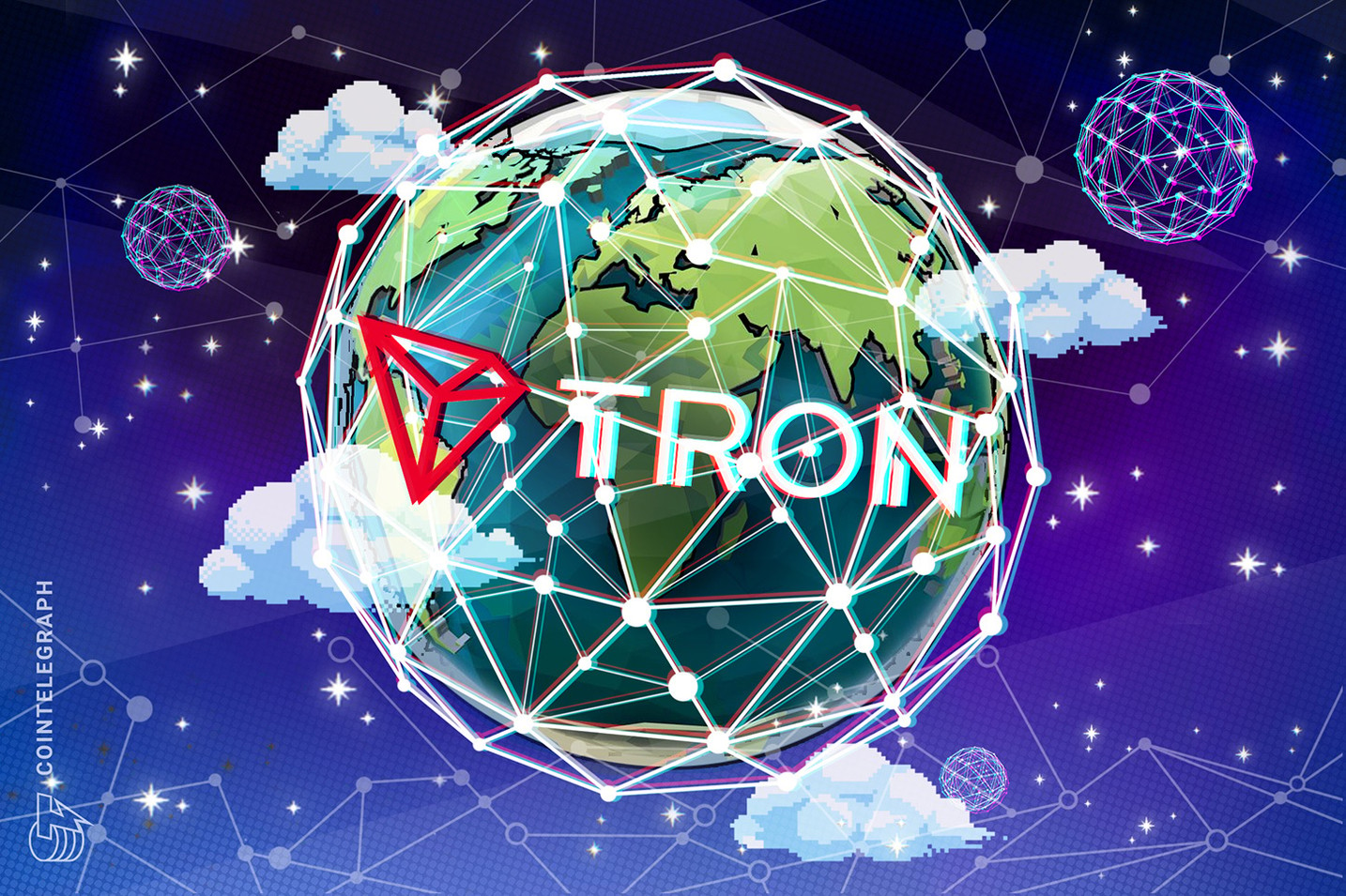Sponsored Content
Tron, a layer-1 blockchain network, has intensified its efforts to become a core infrastructure layer for stablecoin settlement, focusing on deep technical development and real-world utility.
In a recent AMA hosted by Cointelegraph, Sam Elfarra, community spokesperson at Tron DAO, outlined the factors contributing to the network’s adoption, the technical implications of enabling gas-free USDT transfers and the role of Tron as the backbone of global crypto payments.
🚨 In case you missed it: we covered TRON’s 40% stablecoin growth, USDT’s rising dominance, and how the network hit $600B+ in transfer volume last month in our AMA with @trondao.
— Cointelegraph (@Cointelegraph) July 29, 2025
Catch the full replay now 👇 https://t.co/bXPHCsizAX
According to Elfarra, Tron has an early mover advantage as a blockchain launched back in 2017. However, the real momentum, he said, came from building relationships and infrastructure around the world, particularly in partnership with major centralized exchanges like Binance and OKX. These collaborations allowed users in underbanked regions to finally access financial services. Tron became an easy and efficient gateway into crypto for many.
Tron powers a wide array of payment tools, from debit cards and orchestration layers to B2P APIs that allow businesses to accept crypto in any local currency they choose. The result is a global PayFi ecosystem that’s becoming increasingly native to Tron.
One of the standout innovations of 2025 so far has been the rollout of gas-free USDT transfers by Tron. Elfarra explained that the new feature isn’t about replacing the network’s native token, TRX, but abstracting it away to improve user experience. “Users no longer need to hold TRX to pay gas. With just 1 USDT in a wallet, you can now send and receive transfers. Behind the scenes, it still uses energy from the TRX staking model — $1 in, $1 out. It’s a simple solution that lowers the barrier to entry and makes crypto more usable at scale.”
Meanwhile, TRX’s utility hasn’t diminished. “The abstraction makes TRX more essential. It powers the system in the background, and developers or power users still need to engage with the staking and energy mechanics,” Elfarra said.
Touching on USDD, Tron’s native algorithmic stablecoin, the spokesperson confirmed that the token had fully transitioned to a decentralized minting process. “The old contract was retired, and the new one ensures smart contract-based minting. It’s not something we promote in all jurisdictions due to regulatory constraints, but it’s a significant step toward stablecoin decentralization.”
Partnerships have also been key to Tron’s 2025 strategy. Sam Elfarra highlighted a wave of recent collaborations, including validator and analytics platforms like Nansen, Kiln and P2P.org, as well as Chainlink, which became Tron’s official oracle provider. Payment infrastructure players like MoonPay, Mercuryo and Revolut Pay also came onboard, further expanding Tron’s fiat on-ramp and off-ramp capacity.
Elfarra highlighted the contribution of these partnerships to the ecosystem, saying, “These are high-throughput infrastructure teams – people building core services, providing liquidity and driving developer tooling that makes Tron more accessible and reliable.”
The spokesperson also emphasized Tron’s reliability, scalability and affordability: “We check all the boxes: fast finality, decentralization, developer-friendly, cheap fees. And most importantly, we don’t go down. Uptime matters when you’re building for global users.”
Contrary to the widespread approach of doubling down on DeFi, Tron centers its efforts around PayFi. “DeFi is still there, but PayFi is where we’re seeing the most growth,” Elfarra said. “Payment companies from Latin America to Africa are choosing USDT on Tron because of the strong liquidity, fast settlement and deep exchange integration.”
Looking ahead, Tron aims to bring more real-world assets onchain, while simultaneously expanding PayFi and DeFi platforms to make those assets usable. The strategy also includes targeted campaigns to attract both developers and users, alongside a strong push to enhance the network’s underlying infrastructure.
Sam Elfarra also noted that Tron is investing heavily in its community through on-the-ground events, developer grants and incentive programs. “We have a Builders League, an energy subsidy program and we’re always open to funding strong projects through custom grants. Just reach out. DM me, join Tron DAO on Telegram or submit through the public grant form. We want to support builders who bring real utility to the network.”
The spokesperson confirmed that Tron is actively working to expand fiat ramps across Latin America and Africa. “We’re in ongoing talks with more local providers and continue to scale access region by region.”
The session wrapped with a look at Tron’s broader mission. Elfarra emphasized that “Tron is becoming the infrastructure layer for global crypto payments.” And in a world where fast, and borderless payments are a necessity, that might be an important role.
Disclaimer. Cointelegraph does not endorse any content or product on this page. While we aim at providing you with all important information that we could obtain in this sponsored article, readers should do their own research before taking any actions related to the company and carry full responsibility for their decisions, nor can this article be considered as investment advice.
